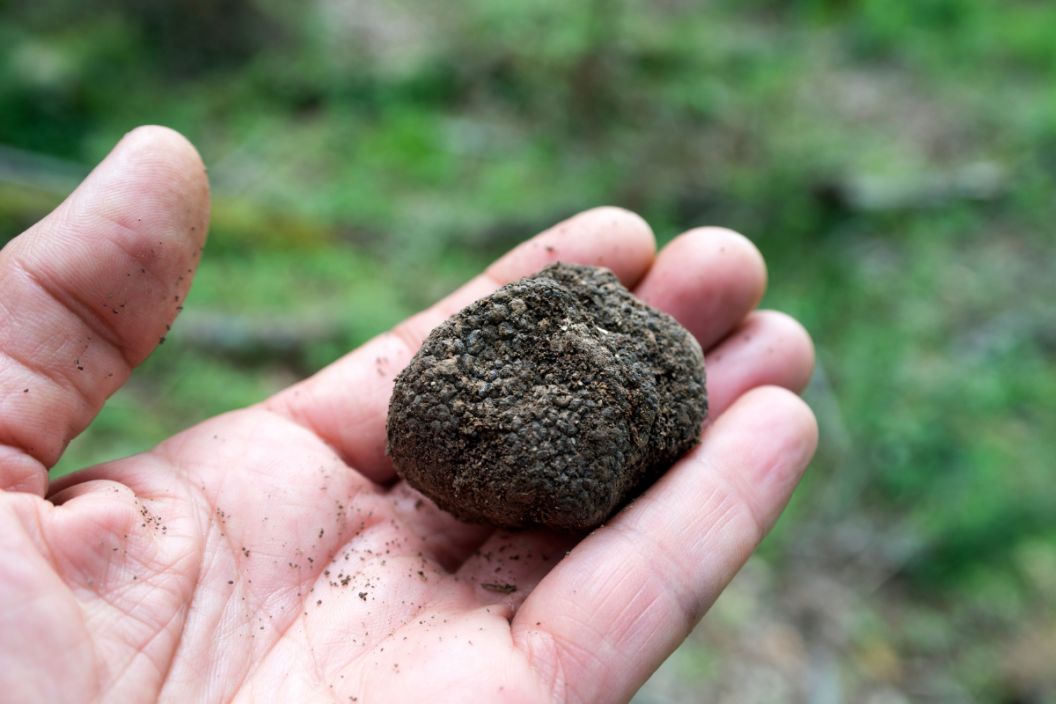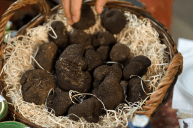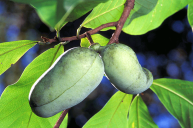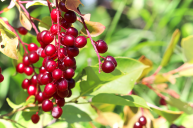Truffles have captured the hearts and tastebuds of foodies around the world for centuries. Made popular in the markets of France in the 1700s, their expensive nature meant that they were enjoyed almost exclusively on the dinner tables of great nobles, and it seems over time they haven't lost much value since.
Videos by Wide Open Country
The rich, complex, yet somehow light, taste of the truffle can elevate many different kinds of food: from pasta dishes to french fries. When asked how a truffle smells, it's not uncommon for people to get a dreamy, nostalgic look on their face as they say words like "musky" or "earthy". This unique scent has a very interesting story: to survive in dryer climates, it adapted to flourish underground, but was left with a problem: how was it to spread its spores? The crafty truffle came up with the perfect solution: an alluring scent that would light up the olfactory senses of any animal that came across it.
Pigs and Truffles: An Unlikely Duo
Originally, since truffles were deep underground at the roots of trees, these subterranean goodies were found by domesticated pigs who were used to looking for buried treasure in the ground. However, as time went on and the truffle industry developed, the farmers found that it was better to use trained truffle dogs, as their sense of smell is akin to the pig, but their desire to please their human companions outweighs their delight in digging up (and therefore, damaging) the truffle.
There are different kinds of truffles, two of the most famous being Piedmont white truffles (named after the Piedmont region in Italy) and black Périgord truffles (named after the Périgord region in France). There have even been stories of a fungal feud over which is the "best" truffle, although that seems to be subjective to the consumer.
Yes, You Can Eat Local Truffles in North Carolina
The truffle industry grew in 1993 as the first black truffles (tuber melanosporum, sometimes also called the black diamond truffle) were produced in the southern hemisphere of Gisborne, New Zealand. This was achieved by inoculating tree sapling roots with the truffle fungus, and after eight years of work, there was enough success with this method to start a small truffle industry in New Zealand and Australia. Around the same time in North America, a similar story was developing with truffle expert Franklin Garland at his farm in Hillsborough, North Carolina, as he found his first truffle after more than 10 years of work. He has since helped establish an industry that helps tobacco farmers transition into truffle farming.
In the southeast, there are positive signs towards the beginnings of a powerful truffle industry. In North Carolina, some truffle farms such as the Carolina Truffieres and Garland Truffles are selling inoculated host trees, generally a filbert tree (which is a type of hazelnut) but also oak trees or pine trees depending on the area and soil composition. Future truffle farmers are weighing the risk versus the enormous potential reward, as it does take upwards of five years before one could see any culinary rewards.
Truffle Farming and Its Challenges
A few other challenges arise in the desire to establish a southeastern black truffle industry. Périgord's are picky about their soil, so often it needs to be limed to adjust a high PH and make just the right habitat for these delicious divas. Luckily, for potential truffle growers, the North Carolina Department of Agriculture extension center will test your soil inexpensively between late fall and early spring, and for free any other time of the year.
Another unfortunate setback to the establishment of truffle orchards in the southeast is the Eastern Filbert Blight. Because it takes over five years to produce truffles, many of the seedlings with inoculated roots end up being decimated by this force of destruction. But despite these challenges, many farmers and truffle experts are plunging ahead into creating a powerful North American truffle industry, in which the culinary world eagerly awaits.




